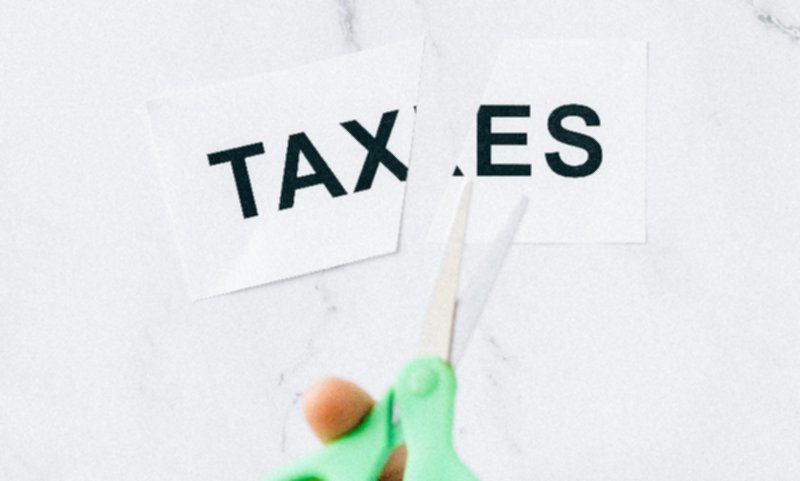Reverse Charge VAT: What You Need To Know
Reverse Charge VAT: What You Need To Know – Explanation & Examples explains UK rules, reporting requirements, and practical examples for businesses.
HMRC estimates that £100 million annually is lost to VAT fraud in the construction sector alone. The Domestic Reverse Charge VAT was introduced to combat missing trader fraud and affects thousands of UK businesses.
What is Reverse Charge VAT?
Reverse Charge VAT is a mechanism where the responsibility for accounting for VAT shifts from the seller to the buyer of goods or services. Instead of the supplier charging VAT, the customer accounts for the VAT directly to HMRC.
- The supplier doesn’t charge VAT on their invoice
- The customer accounts for both the input and output VAT
- Designed to prevent missing trader (VAT) fraud
- Applies to specific industries and transactions
When Does Reverse Charge VAT Apply?
The Domestic Reverse Charge applies to the following scenarios:
| Sector | Effective Date | Scope | Threshold |
|---|---|---|---|
| Construction Services | 1 March 2021 | Most construction services | No minimum threshold |
| Mobile Phones & Computer Chips | 1 June 2007 | Wholesale supplies | £5,000+ per item |
| Gas & Electricity | 1 July 1994 | Wholesale supplies | No minimum threshold |
| Emissions Allowances | 1 November 2010 | All emissions allowances | No minimum threshold |
| Telecommunication Services | 1 February 2016 | Wholesale roaming services | No minimum threshold |
How Reverse Charge VAT Works
Step 1
Supplier issues invoice without VAT
Step 2
Customer accounts for output VAT on their VAT return
Step 3
Customer claims input VAT (if eligible) on the same return
Standard VAT vs Reverse Charge VAT
| Aspect | Standard VAT | Reverse Charge VAT |
|---|---|---|
| VAT charged on invoice | Yes | No |
| Supplier responsibility | Collect and pay VAT to HMRC | Issue VAT-less invoice with reverse charge notice |
| Customer responsibility | Pay VAT to supplier | Account for VAT directly to HMRC |
| Cash flow impact | Supplier holds VAT until payment to HMRC | No cash flow impact for supplier |
| VAT return entries | Standard entries | Special boxes for reverse charge transactions |
Construction Industry Scheme (CIS) and Reverse Charge
The Domestic Reverse Charge for construction has specific rules:
- Applies to standard and reduced-rate VAT services
- Includes most construction operations as defined in CIS
- Does not apply to zero-rated supplies
- Excludes materials supplied separately from construction services
- End-user customers are exempt from reverse charge
Practical Examples
Scenario: Builder Ltd supplies construction services to Developer Co worth £10,000 + VAT
Standard VAT Treatment:
Builder Ltd invoices: £10,000 + £2,000 VAT = £12,000
Builder Ltd pays £2,000 VAT to HMRC
Reverse Charge Treatment:
Builder Ltd invoices: £10,000 (no VAT charged)
Invoice must include: “Reverse charge: Customer to pay VAT to HMRC”
Developer Co accounts for £2,000 output VAT on their VAT return
Developer Co claims £2,000 input VAT (if eligible)
Net VAT effect for Developer Co: £0
Scenario: Electrical Contractor supplies services to Homeowner (end user)
Treatment:
Reverse charge does NOT apply to end users
Electrical Contractor charges VAT normally: £5,000 + £1,000 VAT = £6,000
Electrical Contractor pays £1,000 VAT to HMRC
Key point: Suppliers must determine if their customer is an end user or intermediary business.
How to Account for Reverse Charge VAT
Supplier Responsibilities
- Issue invoices without VAT
- Clearly state that reverse charge applies
- Include the wording: “Reverse charge: Customer to account for the VAT to HMRC”
- Include all other normal invoice requirements
- Keep records of reverse charge transactions
Customer Responsibilities
- Account for output VAT in box 1 of VAT return
- Include VAT-inclusive value in box 6
- Claim input VAT in box 4 (if entitled to reclaim)
- Ensure the supply is included in box 7
- Maintain records of reverse charge transactions
VAT Return Example for Reverse Charge Transaction:
Box 1: £2,000 (output VAT on reverse charge purchases)
Box 4: £2,000 (input VAT claim on reverse charge purchases)
Box 6: £10,000 (value of reverse charge purchases)
Box 7: £10,000 (value of reverse charge sales)
Net VAT payable: £0 (assuming full input VAT recovery)
Common Mistakes and How to Avoid Them
| Mistake | Consequence | Prevention |
|---|---|---|
| Supplier charges VAT incorrectly | Customer cannot recover VAT, potential penalties | Verify customer VAT status before invoicing |
| Missing reverse charge statement | Invoice may be treated as invalid by customer | Use correct wording on all reverse charge invoices |
| Customer fails to account for VAT | VAT assessment, interest and penalties | Implement processes to identify reverse charge invoices |
| Incorrect end-user treatment | Potential loss of VAT recovery for customer | Clearly establish customer status before supply |
| Poor record keeping | Difficulty during HMRC inspections | Maintain separate records for reverse charge transactions |
Special Considerations
Mixed Supplies
When a supply includes both reverse charge and standard rated elements, businesses must apportion the value accordingly.
International Aspects
Reverse charge also applies to services received from outside the UK, where the place of supply is the UK.
VAT Groups
Reverse charge does not apply to supplies between members of the same VAT group.
The reverse charge can significantly impact cash flow:
- Suppliers: Positive impact as no VAT is paid to HMRC
- Customers: Negative impact if unable to fully recover input VAT
- Partial exemption: Businesses that cannot fully recover VAT may face increased VAT costs
Penalties for Non-Compliance
HMRC may issue penalties for errors in applying reverse charge rules:
- Incorrect returns: up to 100% of tax due
- Failure to notify HMRC of errors
- Repeated compliance failures
- Potential penalties for both suppliers and customers
Need Help With Reverse Charge VAT?
Our VAT specialists can help you navigate reverse charge rules, implement compliant processes, and avoid costly mistakes.
Get VAT Specialist Advice

